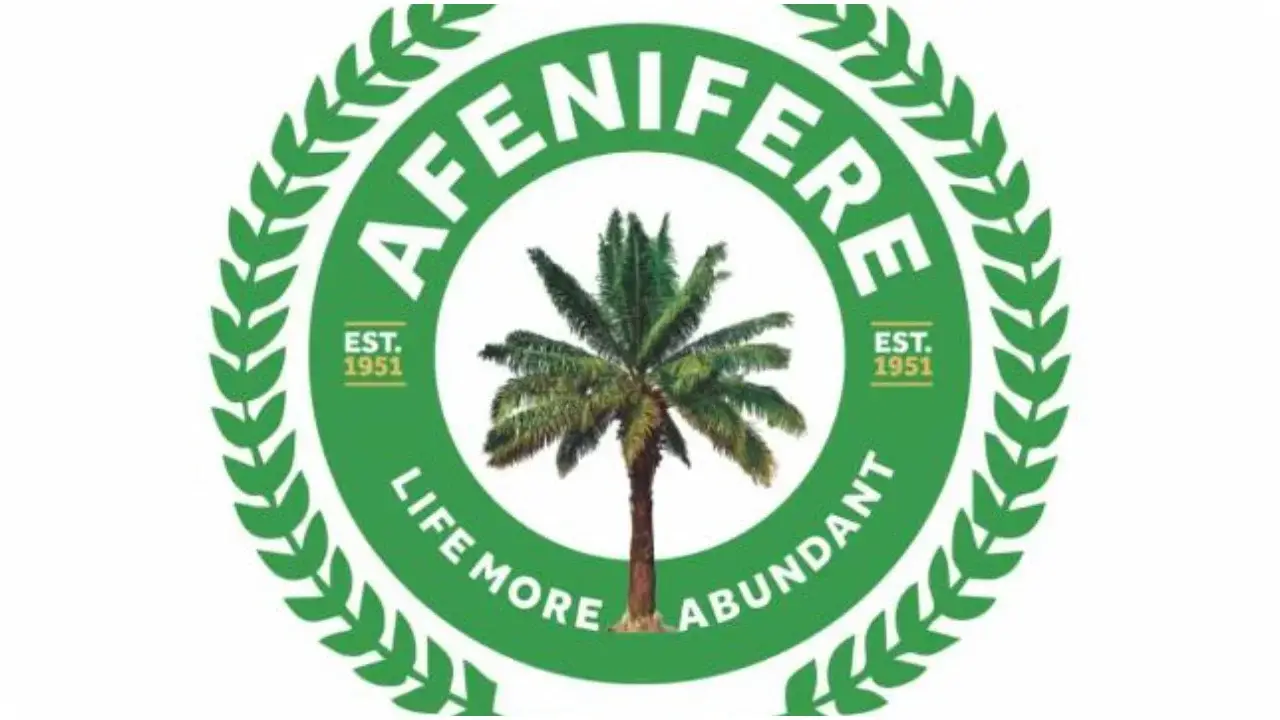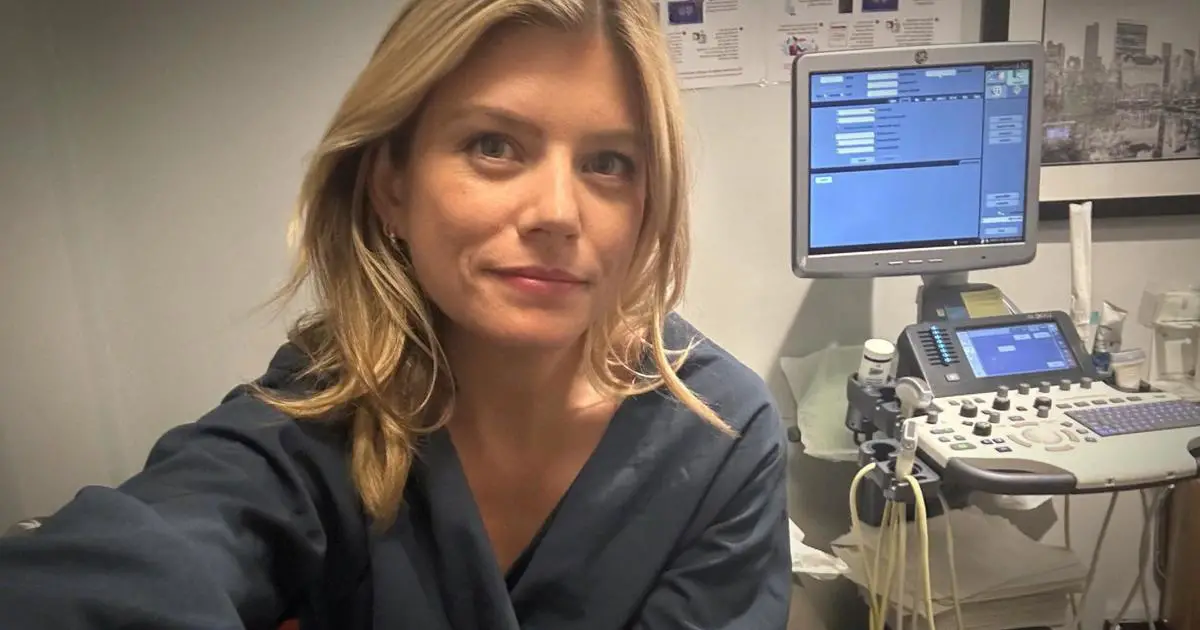When Clare Stone’s local bus service was abruptly axed in 2022, she “got quite cross” and co-founded protest group Buses4Us. In the early 20th century, daytrippers used to come by train to see the displays of wild daffodils that carpet the forests and meadows of the so-called “golden triangle” on the Gloucestershire–Herefordshire border. The railway (now long gone) became known as the Daffodil Line. Clare’s group channelled the spirit of the early Victorian investors who had raised the funds to build the railway: “They wanted the railway so they decided to get on and do it themselves,” she tells me. Buses4Us raised money from councils, businesses and individuals and in April 2023 launched a bus called the Daffodil Line (AKA bus 232 or simply “the Daff”).
The original railway also transported harvested wild daffodils to cities such as Birmingham. Now visitors can use the bus to see the flowers still growing along its rural route, which winds between the Herefordshire towns of Ledbury and Ross-on-Wye. Each spring, local villages organise walks, teas and celebratory daffodil weekends.
Besides reconnecting communities, the Daff, which runs seven days a week, with later buses on Fridays and Saturdays, makes an excellent tourist route. The bus passes flowering woods, markets, cider farms, ancient churches and village pubs and will stop by request anywhere safe. I’m here for a weekend at the start of daffodil season to try it out.
Arriving late on Friday afternoon, I catch the Daff to Ross-on-Wye, where I’m staying. I’m one of only two passengers on the single-decker bus with its elegant daffodil logo. On the hour-long £2 journey from Ledbury station, we roll past black-and-white timber-framed cottages and old orchards baubled with mistletoe, as the sun sinks behind sloping vineyards. Cheerful bursts of yellow brighten the verges of villages with names like Upton Bishop and Dymock. This is a landscape linked to a group of writers, including Robert Frost and Rupert Brooke, who gathered here before the first world war and became known as the Dymock Poets.
In the recently refurbished riverside Hope and Anchor (doubles from £80 room only) in Ross, I wake to find snow gently falling and the bare willows outside etched in white. The first Daff of the day reaches the village of Much Marcle in 40 minutes – in time for a monthly produce market at Hellens Manor. There are jars of local honey for sale and giant fresh-baked cheese scones with wild garlic in a picturesque old barn and cowshed. Organic purple sprouting broccoli sits near bunches of hazel leaves, hellebores, pussy willow and scented narcissi from the nearby Ledbury Flower Farmer. The art-filled Tudor manor house fully reopens for tours (£9.50) on 1 April, with free entry to the gardens and atmospheric tearoom.
I stroll down an avenue of fruit trees to St Bartholomew’s church and shelter from the snow in a 1,500-year-old yew tree so big there are three benches inside its hollow trunk. The wooden 14th-century effigy of Walter de Helyon, lying in the church with sword and buttoned scarlet jerkin, looks ready to spring back into action. In the chapel, Sir John Kyrle and wife Sybil are beautifully carved in alabaster; she is wearing fashionably slashed sleeves while he rests his feet on a fierce-looking family hedgehog.
Next stop is the market town of Newent, a 15-minute bus ride away. I’ve arranged to meet with Clare Stone in the popular Cobblers micropub. Alongside talk of cafes and festivals, Clare is eloquent about regulatory frameworks, the need to decarbonise transport, and the fact that buses have an image problem: “People who would curl up and die before they admitted to not recycling will happily tell you they haven’t been on a bus for years.” But Clare is gradually changing that. Passenger surveys show that 42% of those on board the Daff have access to a car and choose to leave it behind.
The Secret Gallery, over the road in the cobbled Shambles courtyard, shows works by local artists. These include stylised flowers, in gold leaf and bright acrylics, by gallery owner Hannah Ferguson, who created the logo on the side of the bus and designs Down the Line, the Daff’s quarterly newsletter. The jam-packed Museum of Board Games (free) opposite has dozens of original prototypes and a linen board from 1803, where players spiral through English History. Taking advantage of the Daff’s Saturday evening services, I hop off a few stops down the road for Nepalese veg curry and peshwari naan at the welcoming wood-panelled Roadmaker Inn.
Sunday dawns fine and frosty. Yesterday’s winterscape is now all blossom and birdsong and mist rising from the river. Light floods the red sandstone arcades of the Market House in Ross as I walk up to the bus stop, buy a day rider ticket (£3 on Sundays) and head back to Newent, 20 minutes away. Today I’m hoping to sample the network of paths championed by the Windcross Paths Group, set up to protect and promote local walks. My plans include stretches of its nine-mile Daffodil Way and two of the linear bus-stop-to-bus-stop routes devised by local walking guru Les Lumsdon specifically for the Daff.
One path runs beside a disused canal, now lined with bulrushes, to reach the church at Oxenhall, a mile north-west of Newent, where a daffodil weekend takes place each year, with homemade cakes and guided walks. Soon after, I’m walking past woods and meadows sprinkled with delicate pale gold flowers: this is the Gloucestershire Wildlife Trust’s Gwen and Vera’s Fields nature reserve. A huge brown hare races past me, its black-and-white tail disappearing into the hedge.
after newsletter promotion
Melting snow has flooded the tunnel under the M50 and I press on to find the footbridge. Weeks of heavy rain have turned some paths to bog. By the time I finally shed my waterproof trousers, they are plastered with pink clay. I’m revived by tea and cake in Dymock church (£4, daily 11am-4pm until 7 April) and pop into the community-run Beauchamp Arms next door, which is hosting a folky musical gathering in the back room.
Two of the Dymock poets were killed in the war and these words by Wilfred Gibson are typically elegiac:
Dymock and daffodils and days of song
Before the war had scattered us apart …
Groups of friends are talking and laughing in the pub and I remember Gibson’s lines in The Golden Room about a lamplit evening with his fellow poets:
And still, whenever men and women gather
for talk and laughter on a summer night, shall not that lamp rekindle; and the room
glow once again alive with light and laughter;
And, like a singing star in time’s abyss,
Burn golden-hearted through oblivion?
It’s tempting to stay and drink Wye Valley beers by the log fire, but there is one more church I want to reach before heading home so I set off along a gold-flowered lane and through an ancient orchard. A couple of miles’ walk from Dymock, pink-walled St Mary’s church, Kempley, has some of England’s best-preserved medieval frescoes. There’s a wheel of life in the nave and a doomsday in the chancel with rows of Romanesque apostles. Through an ornate Norman arch, these faded artworks from the early 12th century are worth the muddy walk. Kempley village is a mile south and, during the annual daffodil weekends, a free shuttle bus will run there and to Oxenhall from Newent. There are guided walks, some of which visit St Mary’s, or a special Daff and Ride bus to the flowers.
A tour of Westons cider mill (£15), at the end of my epic walk in Much Marcle, time-travels from the old stone house and farm buildings where Henry Weston first lived as a tenant farmer in 1878, through the modern production plant with its huge oak vats and ends with a tasting. Going by bus means I can happily drink the six generous samples of cider and perry and wander over to the nearby Walwyn Arms.
The Daffodil Line runs from outside the pub or direct from Westons on Sundays. The surrounding landscape, on the 15-minute journey to Ledbury, looks lovelier than ever through the bus window, from nodding roadside daffodils to the distant snow-capped Malvern hills. Ledbury, another excellent hub for a car-free holiday, hosts a summer poetry festival. Back issues of Down the Line show an area buzzing with year-round activities from drag nights to wassailing. Clare is upbeat about the Daff, which has become a powerful focus for community events as well as a bus route: “Good public transport is essential for a fairer, greener future,” she says, “and we’re proud to be a part of that.”
Accommodation was provided by The Hope and Anchor and the trip was supported by Visit Herefordshire. Train travel was provided by GWR





